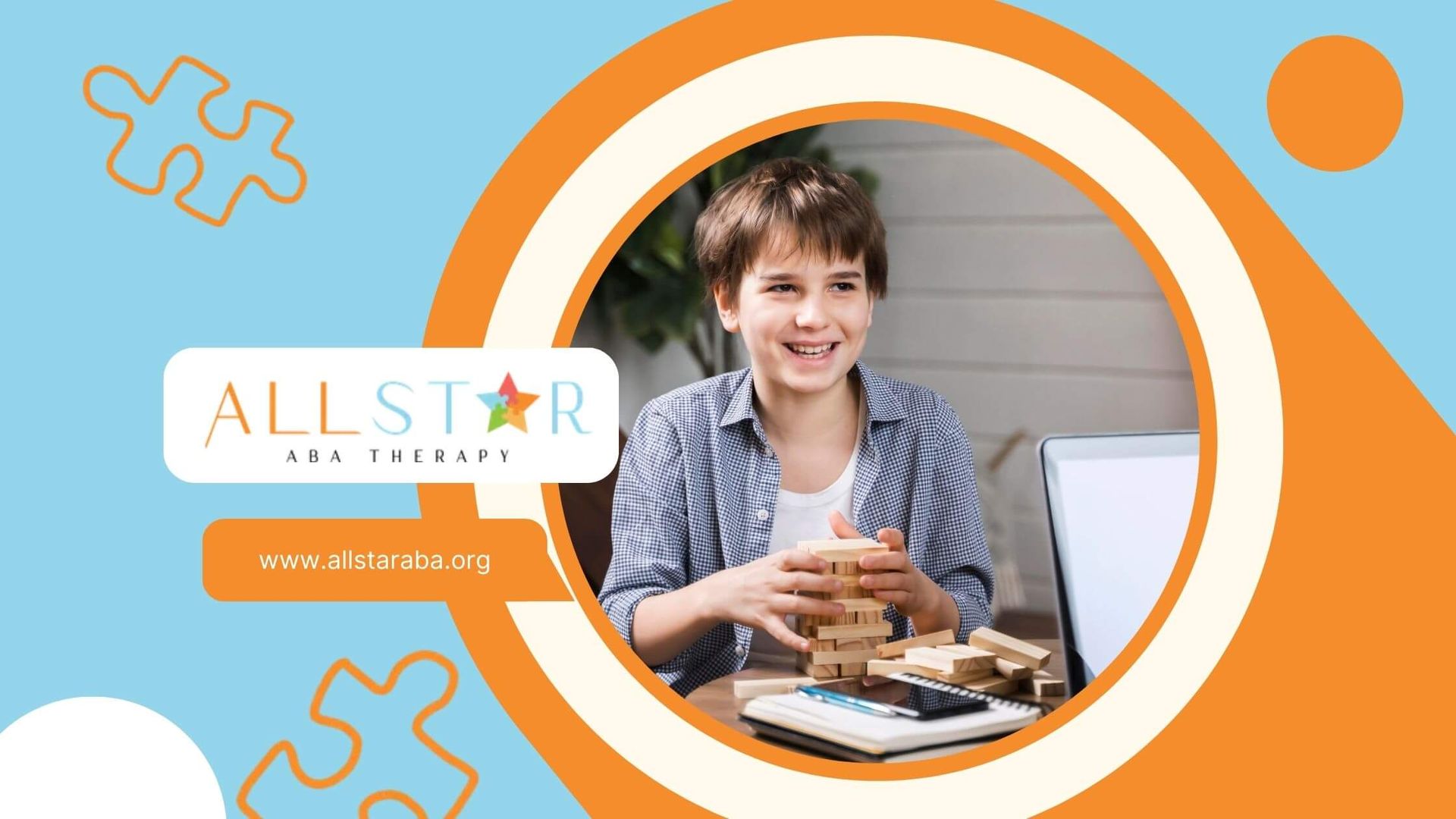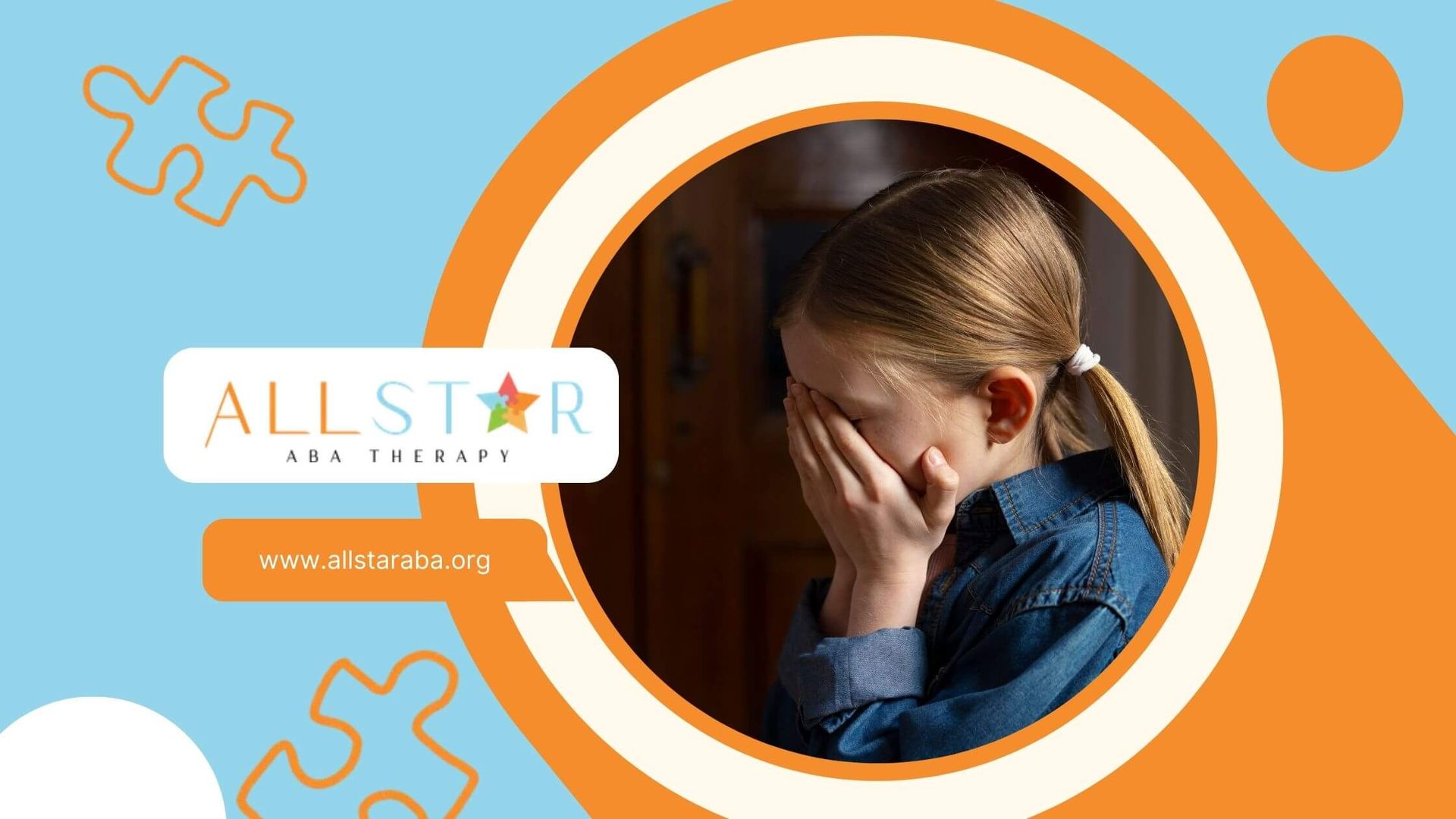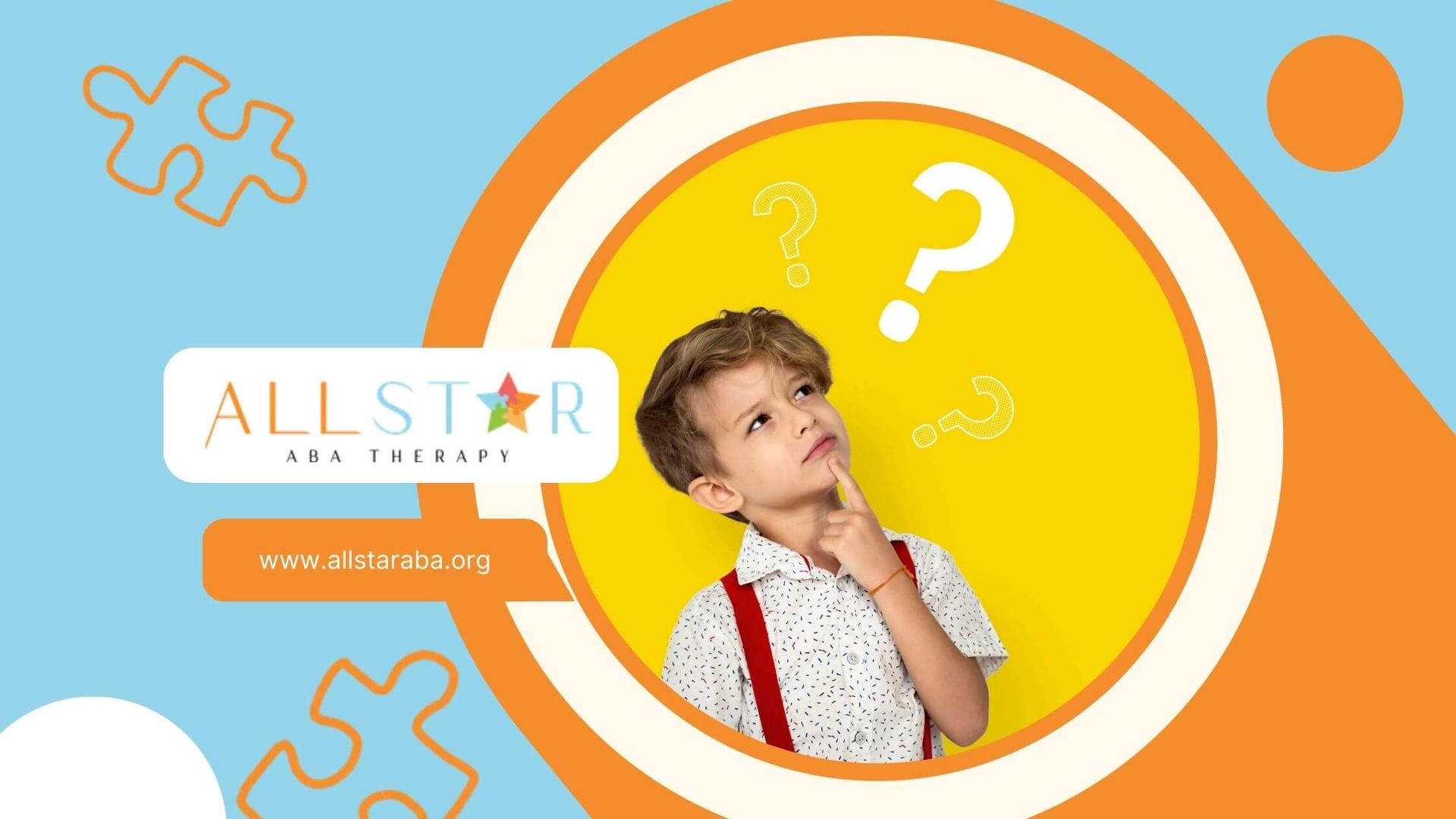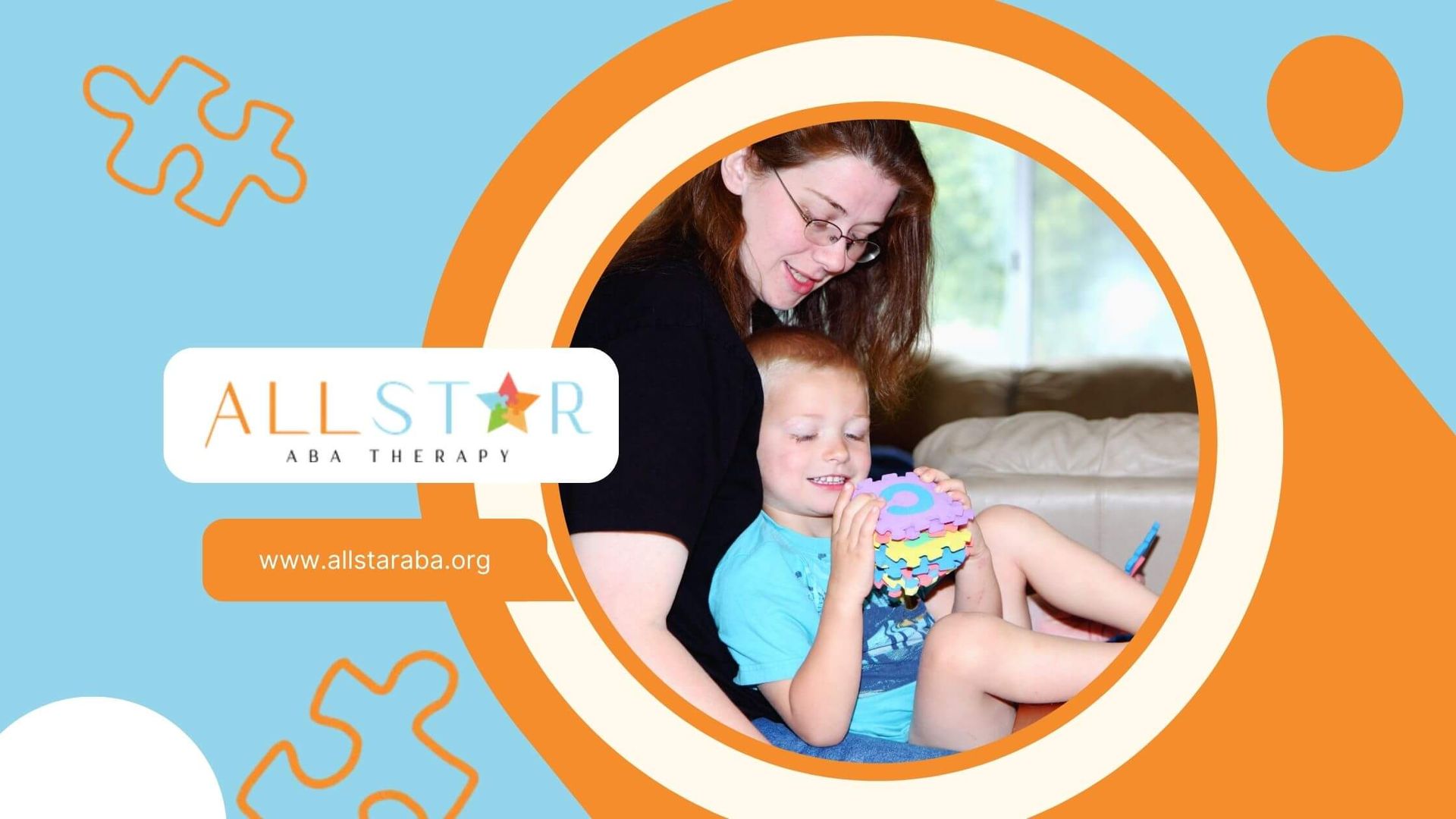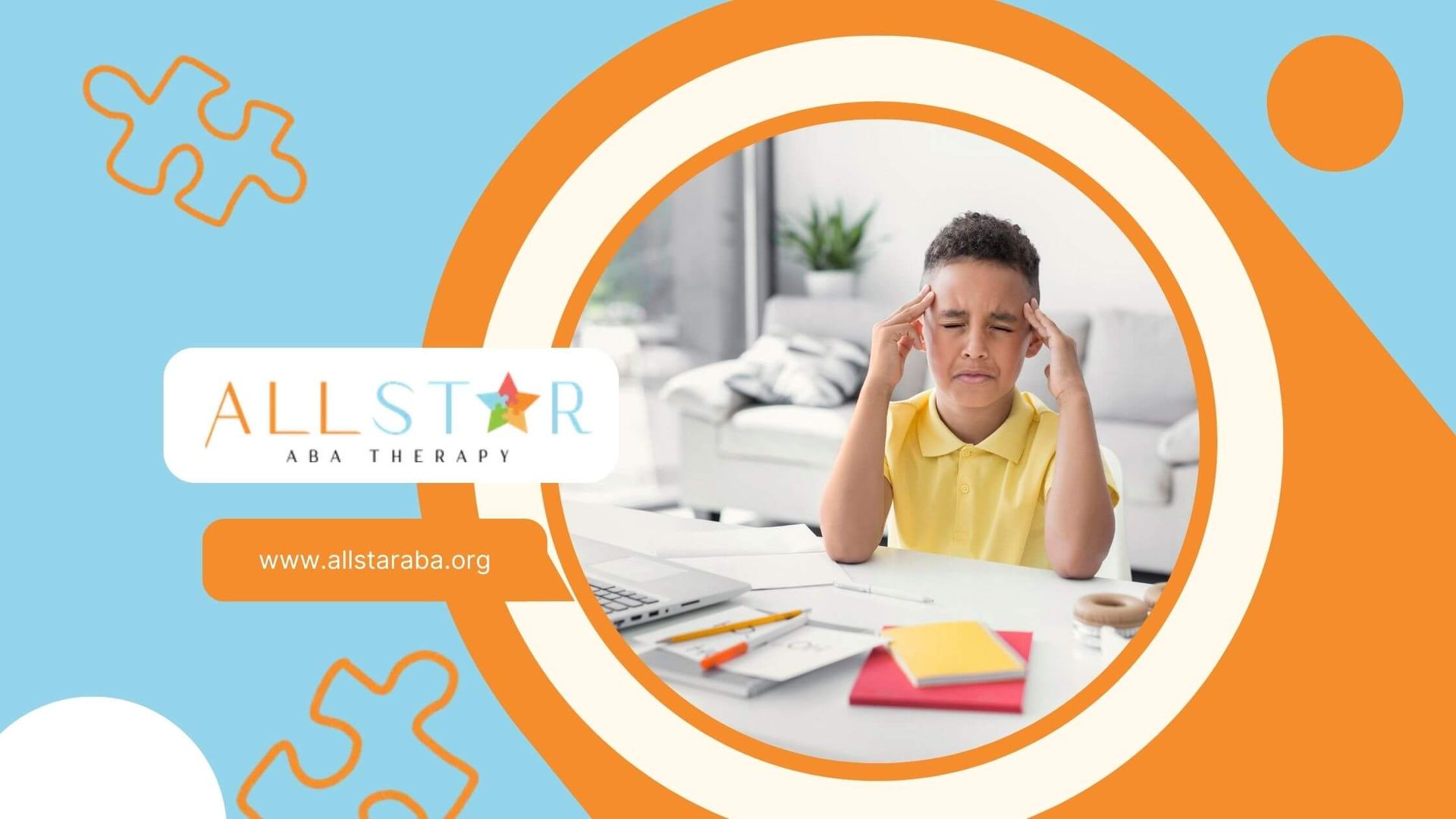New Paragraph
The Essential Guide to Disneyland for Families with Autism
Key Highlights
- Disneyland Resort offers disability access services, including the DAS pass, making the park more manageable for guests with autism.
- The park provides sensory-friendly quiet spaces to help visitors experiencing sensory overload or a potential meltdown.
- Cast members are trained to assist autistic individuals with clear instructions, smiles, and reassurance.
- Planning ahead, including researching attractions and using visual tools, maximizes enjoyment at Disneyland Park.
- Special dining accommodations cater to dietary requests and help avoid overstimulating mealtime crowds.
- Guest schedules can use DAS Return Time features to reduce waiting times for popular rides like the Millennium Falcon.
Disneyland is a dream vacation spot, but if you’re visiting with a child or family member on the autism spectrum, it’s important to know how to make the experience as stress-free as possible.
From DAS passes to sensory-friendly spaces, Disneyland offers several options to ensure your visit is comfortable and enjoyable.
I remember a family I worked with in center-based ABA last year, planning their first trip to Disneyland. Their son, who has autism, had trouble with long lines and loud crowds.
By using DAS and taking advantage of quieter areas in the park, they were able to enjoy the day, with minimal stress. It was a reminder that with a little preparation, Disneyland can be a magical place for everyone.
In this guide, we’ll walk through the various services, tips, and strategies to make your visit more manageable, fun, and stress-free for everyone in your group.
Understanding Autism-Friendly Features at Disneyland
How Disneyland Supports Autistic Guests
Disneyland is not only a fun destination; it's also committed to making the experience as comfortable as possible for visitors with autism.
The Disability Access Service (DAS) is one of the primary features offered to ensure guests avoid long wait times, which can be especially stressful for individuals who may struggle with patience or sensory overload. This service allows you to pre-book times for rides, minimizing the need to stand in line.
As an ABA therapist, I’ve seen how waiting in long queues can be particularly challenging for children with autism. They often feel frustrated, anxious, or overwhelmed, which can lead to meltdowns. DAS helps alleviate this by offering flexibility and allowing families to schedule time for attractions in a way that suits their needs.
Sensory-Friendly Spaces and Quiet Areas
One of the standout features of Disneyland for autistic guests is its sensory-friendly spaces.
These designated quiet areas provide a much-needed respite for those who may be sensitive to loud noises or bright lights. These spaces allow guests to decompress, regroup, and manage sensory overload before heading back into the excitement of the park.
From my experience as a BCBA, I recommend planning regular sensory breaks to avoid overstimulation. These breaks not only allow children to calm down but also ensure they can continue enjoying the park without the risk of burnout.
The Disneyland app provides an easy way to locate these quiet spaces, so you can always find somewhere to rest when needed.
Staff Training and Guest Assistance
How Cast Members Are Trained to Help
Disneyland cast members undergo special training to assist guests with autism and other disabilities.
They are taught how to approach individuals in a calm, patient manner, especially when a guest may be feeling overwhelmed or anxious. This is particularly important when navigating high-stress areas like ride queues or crowded spaces.
As an ABA therapist, I know the importance of a calm, reassuring presence in these types of situations. When children with autism encounter challenges, the response from the adults around them can significantly impact their ability to regulate their emotions.
Disneyland staff are equipped with the knowledge to handle these situations effectively, offering reassurance, clear instructions, and assistance where needed.
Getting Assistance When You Need It
Whether it’s guiding you to a sensory-friendly space, explaining how DAS works, or simply helping your family navigate the park, Disneyland’s cast members are ready to assist. It’s comforting to know that help is just a few steps away at any time.
This support allows families to focus on enjoying their day, rather than worrying about what might happen if things go wrong. It’s an example of the kind of proactive support that can make all the difference during a day out.
Planning Your Disneyland Visit with Autism in Mind
Why Planning Ahead Makes a Difference
A little planning can go a long way when visiting Disneyland with an autistic child. Start by signing up for the DAS service. This will allow you to bypass long lines and avoid overstimulation during peak times.
But it’s not just about the DAS. Knowing the layout of the park, which attractions to prioritize, and where to find quieter spots can make your visit much more enjoyable.
I’ve always found that preparing children ahead of time with social stories or visual schedules about what to expect helps reduce anxiety. Children with autism often feel more comfortable when they know what’s coming next.
A visual guide showing attractions, break times, and meals can also help your child feel more secure throughout the day.
Researching Attractions and Rides for Sensory Needs
Picking Rides that Match Sensory Profiles
Not all rides at Disneyland are equal when it comes to sensory overload. Some are louder or more stimulating than others, while some are designed to be calming and accessible.
For example, Dumbo the Flying Elephant is a gentle ride with adjustable height, making it great for children who need a less intense experience. In contrast, rides like Space Mountainor Millennium Falcon: Smuggler’s Run can be overwhelming due to their high-tech effects and loud sounds.
When planning your day, consider your child's sensory needs. It’s important to balance high-energy attractions with quieter, calmer activities. For instance, after enjoying a ride like Peter Pan's Flight in Fantasyland, you might want to take a break at one of the quieter spots nearby, allowing your child to decompress before the next adventure.
Choosing the Best Times to Visit
When to Go for the Best Experience
If you’re looking to avoid the crowds and create a calmer experience for your family, timing your visit is key. Early mornings, especially on weekdays, tend to be the least crowded. If you can, try to visit on a day when the park is less likely to be packed with visitors, such as during off-peak seasons.
Visiting early also gives you the opportunity to experience popular rides with shorter wait times, meaning you can maximize your day while minimizing stress. As a BCBA, I often advise families to schedule breaks during peak times, when the park gets busier, to avoid sensory overload.
Navigating the Park: Entry, Tickets & Essential Documents
Streamlining Your Entry Process
Getting through the entry process smoothly will set the tone for the rest of the day. Have your electronic tickets ready to go, and sign up for DAS services ahead of time to avoid delays when you arrive.
When you enter the park, head straight to the accessibility kiosk or use the Disneyland app to activate DAS. It’s all part of setting up a stress-free experience before you dive into the fun.
Remember to bring any necessary documentation for disability access. Having everything in place from the start will help reduce any unnecessary stress.
Dining and Food Options for Guests with Autism
How to Make Mealtimes More Comfortable
For many families, mealtime can be a source of stress in crowded theme parks. At Disneyland, there are several options to make dining easier for guests with autism.
Some restaurants offer quieter, less crowded spaces for a more relaxed meal experience. You can also request special meals to accommodate dietary needs or sensitivities.
If your child has food allergies or specific preferences, be sure to communicate those with the staff ahead of time. This can help you avoid unpleasant surprises and make the dining experience more comfortable for everyone.
Tips for Managing Mealtimes and Avoiding Crowds
Mealtimes are a great opportunity to recharge, but they can also be stressful if the restaurant is too loud or crowded. To minimize sensory overload, try to schedule meals at quieter times, such as before 11 a.m. or after 2 p.m., when the crowds tend to thin out.
Additionally, consider using mobile ordering, which allows you to skip the lines and pick up your food faster, reducing wait time and overall stress. Packing your own snacks for in-between meals is also a smart strategy, especially if your child has particular tastes or sensitivities.
Conclusion
Visiting Disneyland with autism can be a wonderful experience with the right planning and support. By utilizing services like DAS, taking breaks when needed, and preparing your child with tools like visual schedules and social stories, you can create a trip that’s enjoyable for everyone.
The park’s sensory-friendly spaces, trained staff, and accommodations for dietary needs all contribute to making Disneyland an accessible and inclusive destination for families with autism.
With these tips, you’ll be ready to enjoy the magic of Disneyland while keeping your family comfortable and stress-free.
At All Star ABA, we specialize in providing support for families navigating autism, including helping with trip planning and strategies for managing sensory overload in places like Disneyland. Our ABA therapy services are designed to provide tailored support to individuals and families to improve day-to-day experiences.
If you’re looking for personalized support or have questions about navigating Disneyland with autism, feel free to reach out to us! Contact us at office@allstaraba.org or call 410-220-5970 to learn more about our services and how we can help.
Frequently Asked Questions
Is the Disability Access Service (DAS) available for all autistic guests?
Yes, the Disability Access Service (DAS) is for every autistic guest at Disneyland. This service gives you help, so you can better handle your time in the park. It lets you enjoy the rides without waiting a long time. This makes going to Disneyland more comfortable and fun for people who need disability access.
Are there designated quiet areas in Disneyland for sensory breaks?
Yes, Disneyland Park has some quiet areas. These spots are good for people who need a break from loud noise and crowds. They help you to not feel too much or get overwhelmed. You can use the Disneyland app or talk to cast members to find out where these places are in the park. Disneyland tries to make the park better for all visitors. So, if you need help, ask one of their cast members or look at their app for more information.
Can I bring sensory tools or comfort items into the park?
Yes, you can bring sensory tools like headphones, fidget toys, and comfort items to Disneyland Park. These help people control their sensory and emotional needs during the day in Disneyland Park.
Sources:
- https://disneyworld.disney.go.com/guest-services/disability-access-service/
- https://disneyland.disney.go.com/guest-services/neurodivergent/
- https://www.independent.co.uk/travel/europe/france/paris/disneyland-paris-family-autism-b2551114.html
- https://www.autismspeaks.org/blog/disneyland-autism-guide
- https://researchautism.org/blog/touring-disney-theme-parks-for-autism-families-part-one/
Need Support?
We're Here to Help!
Our experienced team is ready to assist you. Reach out today to discuss how we can support your child's development and well-being.
Get started with expert ABA therapy today.



